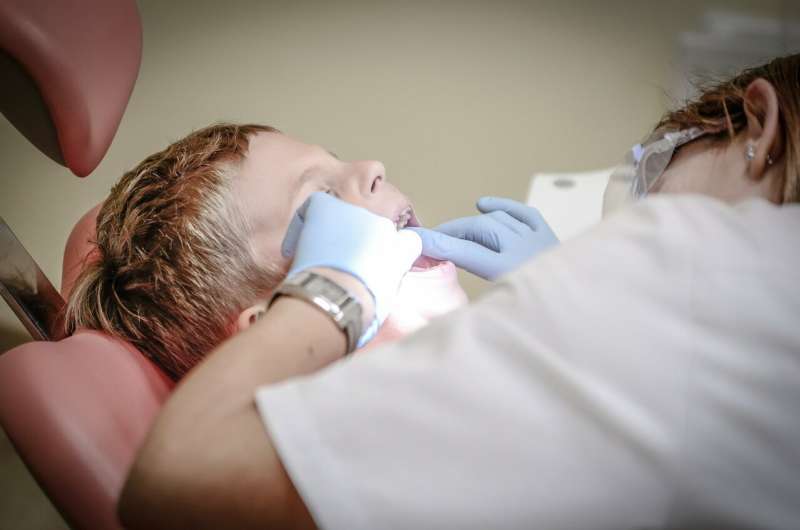Monitoring Antibiotic Resistance Spread Through Wastewater Surveillance at Mass Events

Wastewater surveillance reveals how mass gatherings accelerate the spread of antibiotic resistance genes, highlighting environmental risks and the importance of genomic monitoring in public health.
Mass gatherings, including major sporting events and festivals, attract large populations from diverse regions, creating opportunities for the spread of antimicrobial resistance (AMR). This threat compromises the effectiveness of antibiotics and presents significant public health challenges. To better understand how such events influence the dissemination of resistance genes, researchers have utilized wastewater surveillance to monitor changes in the presence of antimicrobial resistance genes (ARGs). The COVID-19 pandemic provided a unique baseline, as border closures temporarily reduced travel and large gatherings, allowing scientists to assess how the resumption of these events impacts local wastewater systems.
A recent study led by Changzhi Wang from King Abdullah University of Science and Technology analyzed wastewater samples collected from four treatment plants in Saudi Arabia between July 2020 and August 2022. These plants received sewage from areas hosting mass gatherings, alongside samples from a control site that did not receive such wastewater. Using metagenomic techniques, the study focused on ARGs conferring resistance to beta-lactam antibiotics, like metallo-beta-lactamase (MBL) and extended-spectrum beta-lactamase (ESBL). The results showed spikes in the abundance of these resistance genes following mass events in 2022, correlating with increased populations resistant to antibiotics such as meropenem and ceftazidime.
Additionally, the presence of resistance genes like blaPER was identified in pathogenic bacteria during peak gathering periods, suggesting that such events can introduce new resistance determinants into local environments. Notably, no resistant colonies were detected at the control site, which did not receive wastewater from large gatherings.
Researchers emphasized that traditional methods of monitoring might overlook subtle but critical changes in resistance patterns. Integrating genomics approaches with bioinformatic analysis offers a more comprehensive understanding of how mass gatherings influence AMR spread. Public health strategies could benefit from wastewater and water surveillance, especially in regions with inadequate wastewater treatment infrastructure, to anticipate and mitigate the risks posed by antimicrobial resistance.
This research underscores the importance of monitoring environmental reservoirs of resistance and highlights the potential of metagenomics as a tool in public health surveillance to combat the growing challenge of antimicrobial resistance, especially during large-scale events.
Stay Updated with Mia's Feed
Get the latest health & wellness insights delivered straight to your inbox.
Related Articles
Enhancing Pediatric Dental Health: Widespread Adoption of Fluoride Varnish Through Quality Improvement Initiatives
A comprehensive quality improvement initiative significantly increased the application of fluoride varnish in pediatric primary care, promising better oral health outcomes for children nationwide.
New Research Reveals GADD45A Protein's Role in Preventing Heart Failure
Emerging research identifies the GADD45A protein as a key factor in preventing cardiac hypertrophy and heart failure. Boosting GADD45A activity may offer new therapeutic avenues for heart disease management.
Unexpected Births: NZ Ambulance Teams Share Their Experiences During Sudden Out-of-Hospital Deliveries
New Zealand ambulance crews share their experiences managing unexpected out-of-hospital births, highlighting challenges and the importance of specialized emergency training to ensure safe deliveries.
High-Resolution Insights into Metabolic Transitions from Fruit Fly Mothers to Embryos May Enhance Understanding of Human Development and Disease
A high-resolution study uncovers the detailed metabolic exchange from mother fruit flies to embryos, offering insights into human developmental health and diseases.



